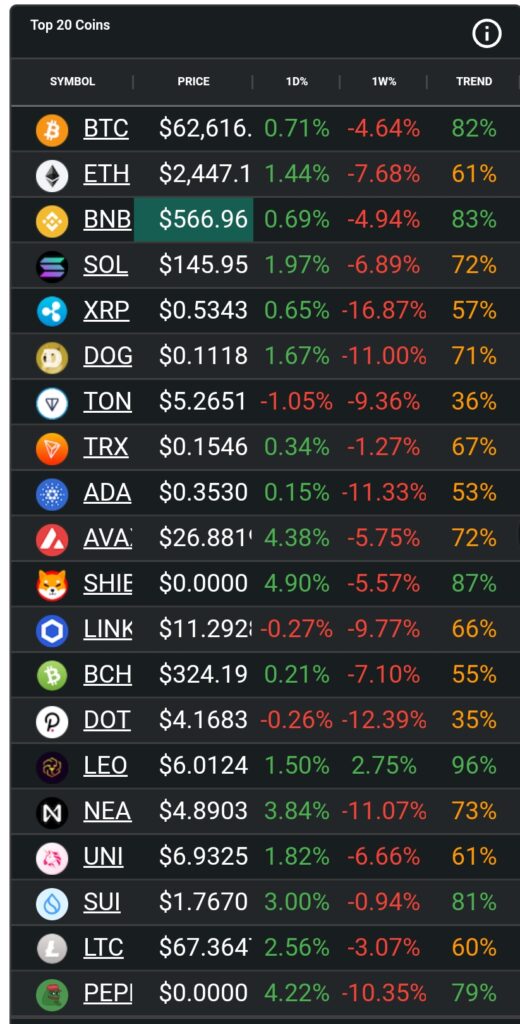Every company’s success—whether it’s a tech giant or a century-old company—can be attributed to its moat. Whether it’s network effects, user migration costs, or economies of scale, moats ultimately allow companies to escape the natural laws of competition and capture value sustainably.
While defensiveness is often an afterthought for cryptocurrency investors, I think the concept of a moat is even more important in the current market context. This is because of three unique structural differences in cryptographic applications:
· Forkability: Forkability of applications means lower barriers to entry in the crypto market.
· Composability: Since applications and protocols are interoperable, switching costs for users are inherently lower.
· Token-based user acquisition: Using token incentives as an effective user acquisition tool means crypto projects have structurally lower customer acquisition costs (CAC).
Together, these unique properties accelerate the competition for cryptographic applications. Once an app turns on the “pay switch,” not only will there be countless other indistinguishable apps offering a similar but cheaper user experience, but there may even be some apps that subsidize users through token subsidies and points.
Logically deduced, without a moat, 99% of applications will inevitably fall into a “price war” and cannot avoid the fate of commoditization.
Although we have many precedents and inspirations for understanding moats in traditional markets, we lack a corresponding framework that can explain these structural differences. This article aims to fill this gap, delving into the fundamental elements that make up a sustainable moat and thereby identifying the few applications that can capture value sustainably.
A new framework for assessing application defense capabilities
“King of Defensiveness” Warren Buffett has a simple but effective way to identify defensive companies. He asks himself: “If I had a billion dollars and built a business that competed with this company, what could I do?” Can it capture a large market share?”
With some tweaks to this framework, we can apply the same logic to the crypto market, taking into account the structural differences mentioned earlier: “If I fork this app and invest $50 million in token subsidies, I Can you capture and maintain market share?”
When you answer this question, you are essentially simulating the laws of competition. If the answer is “yes,” then it’s likely just a matter of time before an emerging fork or undifferentiated competitor erodes the app’s market share. On the other hand, if the answer is “no,” then the app likely possesses the qualities that I believe are common to all defensive cryptographic apps.
“Non-fork” and “non-subsidizable” features
To better understand what I mean, take Aave as an example, if I forked Aave today, no one would use my forked version because it wouldn’t have enough liquidity for users to lend out, nor would there be enough users come to borrow these liquidity. Therefore, in a lending market like Aave, TVL and bilateral network effects are “non-forkable” features.
However, while TVL does provide a degree of defense to the lending market, the key question is whether these properties are also immune to subsidies. Imagine a well-funded team not only forked Aave, but designed an incentive program worth up to $50 million to acquire Aave users. If competitors can reach a competitive liquidity threshold, users may not have much incentive to switch back to Aave because the lending market is essentially undifferentiated.
To be clear, I don’t think any team will successfully drain Aave in the near future, and subsidizing a $12 billion TVL is no small task. However, I believe that for other lending markets that have not yet reached this scale, they risk losing significant market share. Kamino recently provided a precedent in the Solana ecosystem.

Additionally, it’s worth noting that while large lending marketplaces like Aave may be able to defend against the threat of emerging competitors, they may not necessarily be fully able to defend against horizontal integration from neighboring apps. For example, MakerDAO’s lending arm Spark has taken more than 18% of the market share from Aave since launching the Aave fork in August 2023. Given Maker’s market position, they are able to effectively attract and retain users as a logical extension of the Maker protocol.

Therefore, in the absence of other features that cannot be easily subsidized (such as collateralized debt warehouses CDPs embedded in the DeFi market structure), the structural defensibility of lending protocols may not be as strong as one imagines. Again, ask yourself – if I fork this app and invest $50 million in token subsidies, can I capture and maintain market share? —I think, for most of the lending market, the answer is actually yes.
The front end will capture more value
The popularity of aggregators and forked front-ends further complicates the defensive issues in the DEX market. Historically, if you asked me which model was more defensive – DEXs or aggregators – my answer would obviously be DEXs. Ultimately, the front end is just a different perspective on the back end, and switching costs between aggregators are inherently lower.
In contrast, decentralized exchanges have a liquidity layer, and the switching costs of using a less liquid fork are much higher, which results in more slippage and worse net execution results. So given that liquidity is unforkable and harder to subsidize at scale, I had considered DEXs to be more defensible.
While this view holds true in the longer term, I think the balance may be tipping toward the front end, with more and more value being captured on the front end. My thinking can be boiled down to four reasons:
Liquidity is more like a commodity than you think
Similar to TVL, although liquidity is “unforkable” in nature, it is not immune to subsidies. There are many precedents in DeFi history that seem to confirm this logic (such as SushiSwap’s blood-sucking attack). The structural instability of the perpetual contract market also reflects the fact that liquidity alone cannot serve as a sustainable moat. The numerous emerging perpetual contract DEXs have been able to quickly gain market share, demonstrating that the barriers to initiating liquidity are inherently low.

In less than 10 months, Hyperliquid has now become the perpetual contract DEX with the highest trading volume, surpassing dYdX and GMX, which once held more than 50% of the perpetual market share.
The front end is evolving
Today, the most popular “aggregators” are intent-based frontends. These front-ends outsource execution tasks to a network of “solvers” who compete with each other to provide the best execution for users. Importantly, some intent-based DEXs also have access to off-chain liquidity sources (such as centralized trading platforms, market makers). This allows these frontends to bypass the liquidity launch phase and immediately deliver competitive, or even better, execution results. Intuitively, this weakens the role of on-chain liquidity as a defensive moat for existing DEXs.

The front end masters the relationship with the end user
Front-ends that control user attention have disproportionate bargaining power, allowing them to reach exclusive cooperation agreements and even achieve vertical integration. Through its intuitive front-end design and end-user control, Jupiter has become the fourth largest perpetual contract DEX on all chains. In addition, Jupiter has successfully integrated its own launch platform and SOL LST, and plans to build its own RFQ/solver model. JUP’s premium is at least somewhat justified given Jupiter’s strong ties to end users, although I expect that gap to narrow eventually.

Additionally, as the ultimate front-end, no application is closer to the end user than the wallet. By connecting retail investors on the mobile terminal, the wallet owns the most valuable order flow – “traffic that is not sensitive to handling fees.” Given that wallet switching costs are inherently high, this has allowed wallet providers like MetaMask to collectively earn over $290 million in fees by strategically selling convenience over best execution to retail investors.

Furthermore, while the MEV supply chain will continue to evolve, one thing will become increasingly clear – value will accrue disproportionately in the hands of the players with the most exclusive order flows. In other words, all current initiatives aimed at reallocating MEV – whether at the application layer (such as DEX considering LVR, etc.), or at a lower level (such as encrypted memory pools, trusted execution environments, etc.) – will Disproportionately benefiting those closest to the start of the order flow means that protocols and applications will become increasingly “thin,” while wallets and other front-ends will become increasingly “thick” due to their proximity to end users.
I will expand on this idea in a future report titled The Fat Wallet Theory.
Build a moat for your application
To be clear, I expect that liquidity network effects will create an inherent winner-take-all situation in large-scale markets, however, we are still far from this future. Therefore, relying solely on liquidity may remain an ineffective moat in the short to medium term.
Instead, I think liquidity and TVL are more like prerequisites, while real defenses may come from intangibles such as brand, differentiation in user experience (UX), and most importantly – continuous introduction of new features and products ability. Just as Uniswap can overcome Sushi’s blood-sucking attack, it is because they have the ability to “innovate beyond Sushi”. Likewise, Hyperliquid’s meteoric rise can be attributed to the team building arguably the most intuitive perpetual contract DEX to date and continually rolling out new features.
Simply put, while liquidity and TVL can be subsidized by emerging competitors, a team that continuously launches new products cannot be copied. Therefore, I would expect a high correlation between applications that capture value sustainably and those that have a never-ending innovation team behind them. In an industry where a moat is almost impossible, this is undoubtedly the strongest source of defense.


